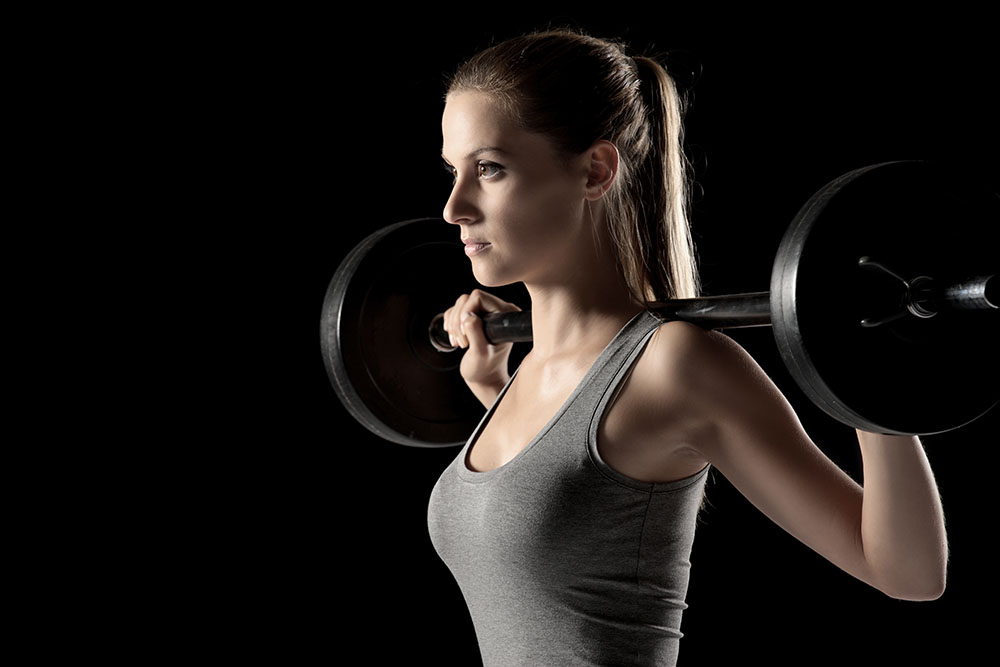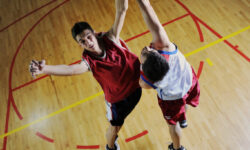
Whether you play rugby, football, hockey, netball or any other team sport, there are some fitness basics that will always stand you in good stead.
Strength, speed, power and endurance are all essential to people who play a team sport. If you have good levels of each of these fitness components, then you could be the difference between your team winning and losing. You could certainly be last man or woman standing if your fitness levels and resistance to training are at a high level.
Power for a team sport
Your training sessions should regularly include some explosive leg work to increase or maintain your power. Olympic lifts such as the Hang Power Clean and Snatch or the Romanian Deadlift are great for improving explosive power. Also very effective in developing explosive power are repetitive sets of medicine ball throws. Check out this video which shows the correct technique for a range of Olympic lifts. Our personal trainers can also help you develop a weights programme to improve your strength and power.
Jumping is a simple and highly effective way of developing power in the legs. Jumping on and off a box, vertical jumps (jumping as high as you can with legs together) broad jumps (jumping as far as you can, with a two-foot take off and landing) are all good starting points. As you become stronger and better balanced, you can progress to hurdle jumps and drop and depth jumps.

It’s not just about the big muscles
While pushing, pulling and squatting heavy weights will increase your strength levels, that is not enough. In order to developed a well-balanced and injury-resistant body that can withstand the weekly stress that a team sport can place on the body, you also need to take care of the little muscles.
These are the underlying muscles that make sure you have a full range of movement. For example, while you might take pride in muscular quadriceps and bulging calf muscles, taking care of the adductors and hip flexors are vital for preventing injuries to the groin area.
Likewise, paying attention to the small muscles in the shoulders, neck and back, will help prevent injuries in contact sports such as rugby. Make sure you include work on these underlying, structural muscles within your training programme.
But sometimes it is all about big muscles
Single leg exercises are a great way to develop power and strength in your legs. Most people only use single leg exercises for rehab. In fact, by doing exercise such as split squats, rear-foot elevated split squats, reverse lunges and walking lunges, you can really develop power, strength and stability in the legs. Combine this work, with some work on the hip flexors and adductors and you will go a long way towards preventing injury in the lower body.
Make your conditioning training relevant
Every team sport uses both aerobic and anaerobic energy systems. In simple terms, that means jogging and sprinting during a match. Most team sports also involve a lot of multi-directional movements as well – turning sharply, changing direction swiftly. Make your conditioning training relevant to your team sport. Try using the following exercises: sprints, hill runs (up and down), pulling/pushing a sled, tempo runs, sprint in between cones set out at angles, combine forward, lateral and backwards running.
For more information and guidance on training for a team sport, speak to one of our staff in the Outlooks Gym.








